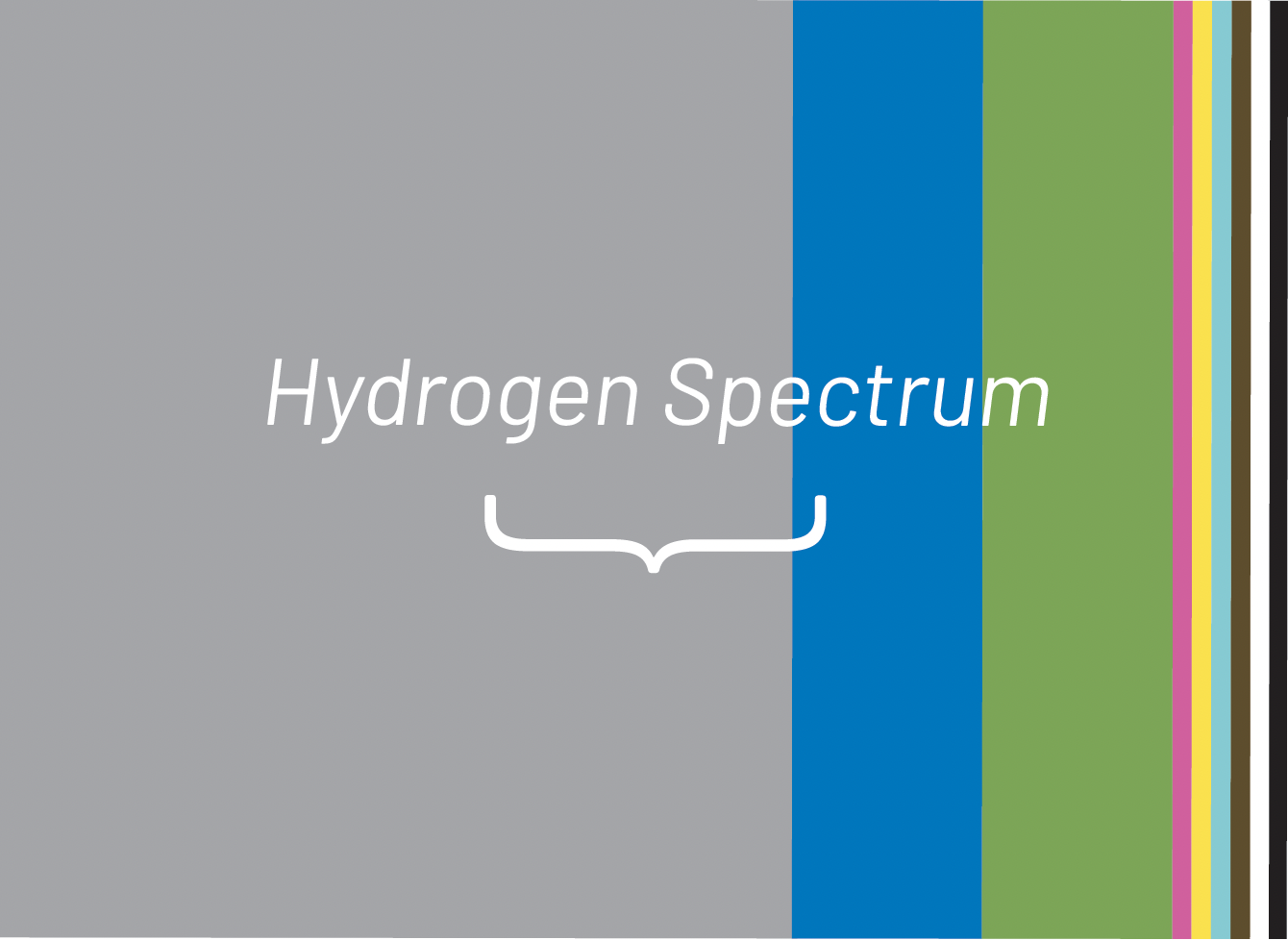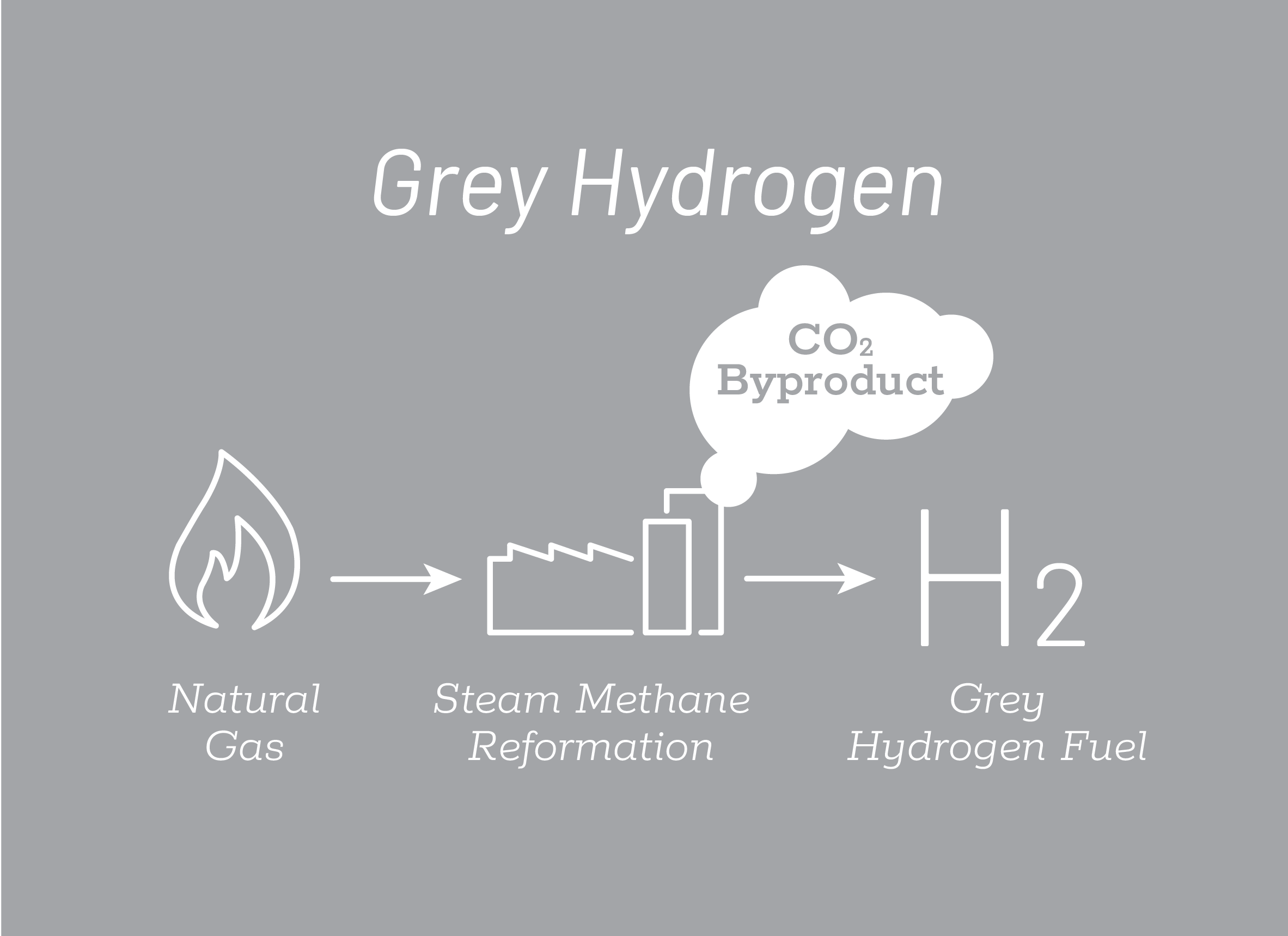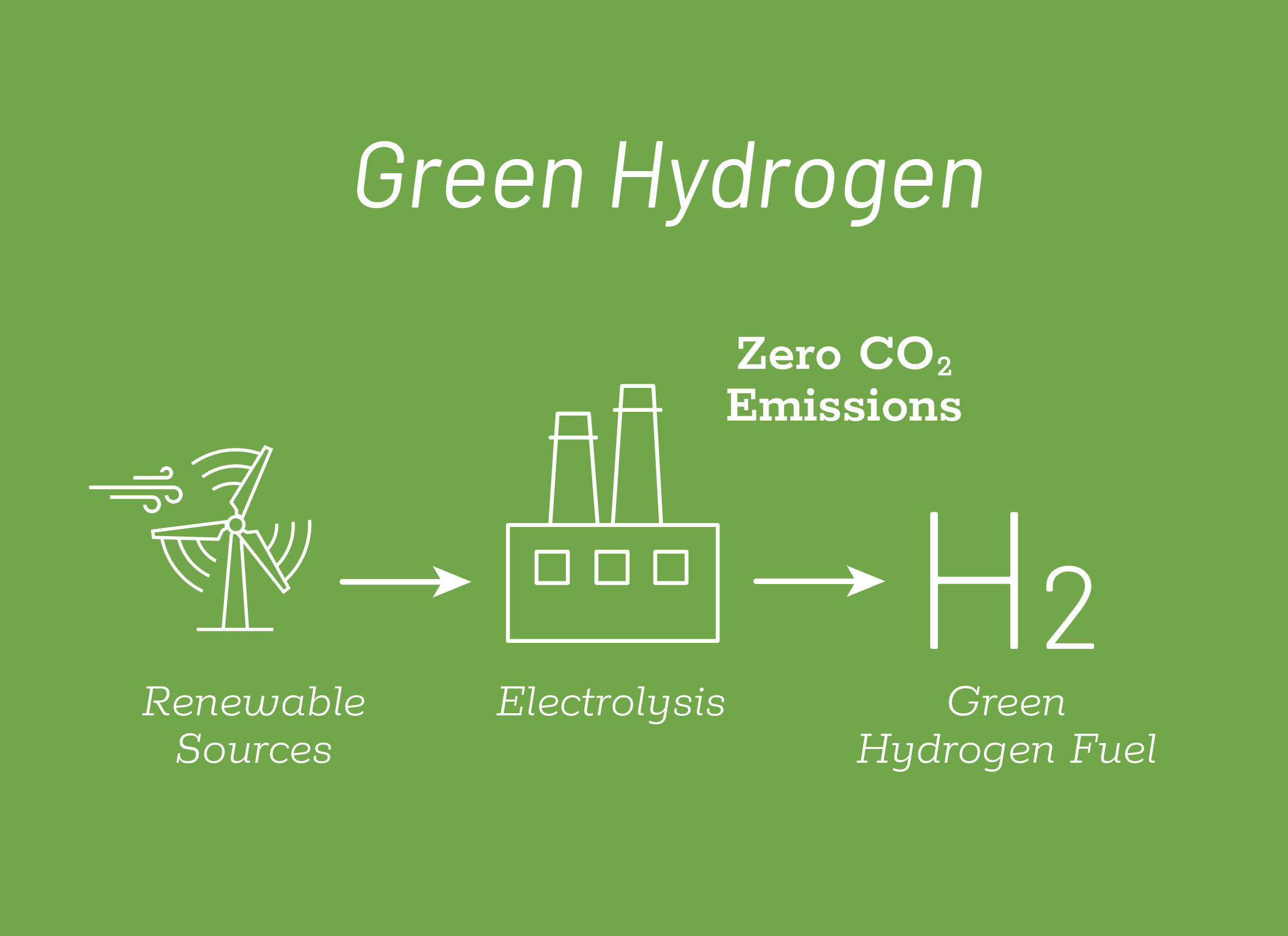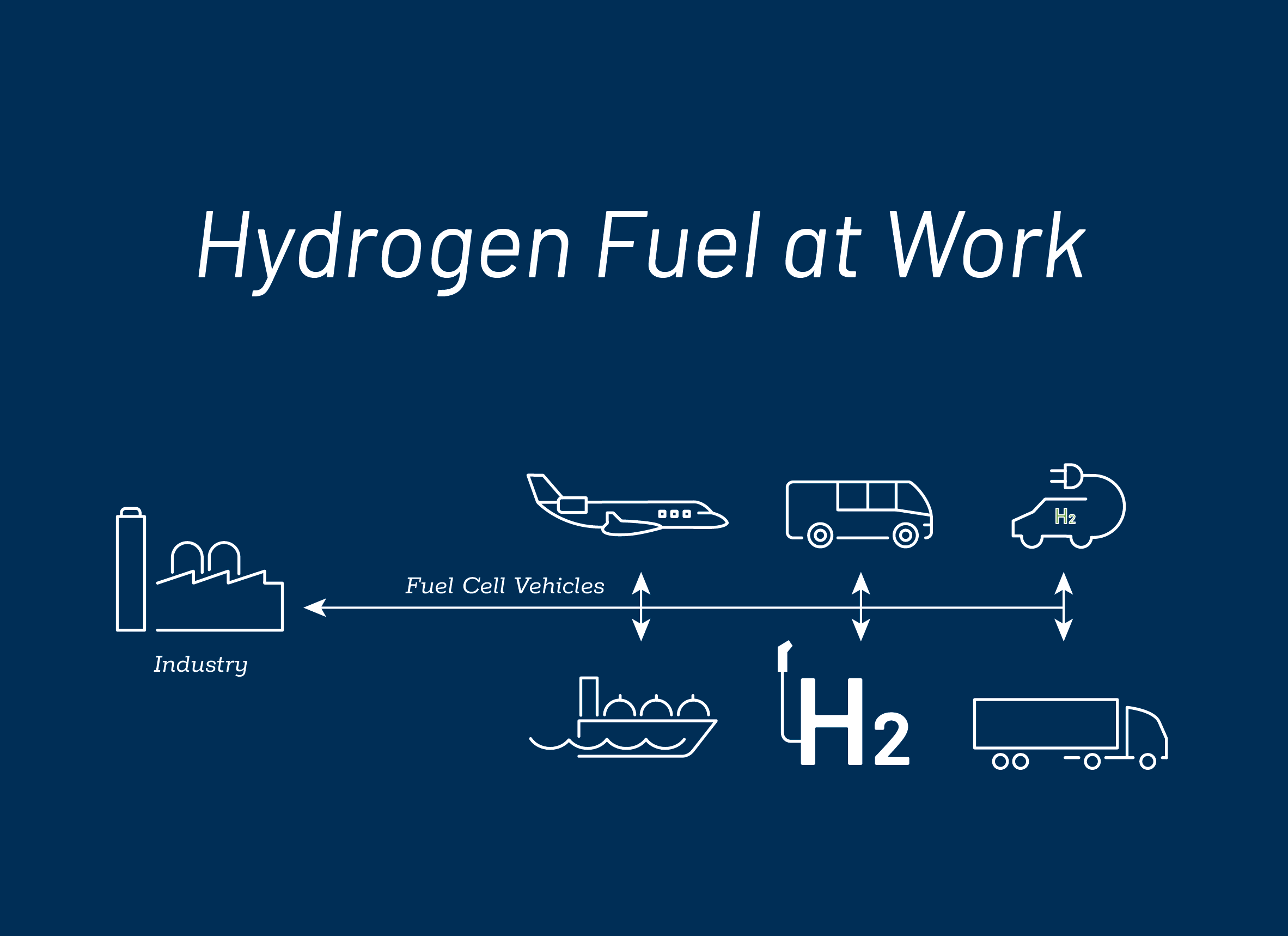So much of our future hinges on the development of sustainable energy and its application in all of our lives. The global need to produce our food, electricity, building materials, and limitless other industries has never been higher. With bottlenecks in production across the board, we’re tasked with coming up with solutions to solve these great challenges ahead of us.
Wide-scale use of fossil fuels has exploded the technology and potential for what humans can create over the past 200 years. However, with climate changes and the greater depth of research for cleaner options to produce the energy our society relies on, we too must continue to evolve the way we develop the world around us.
Hydrogen is a powerful alternative to methane (natural gas). It’s also the most available chemical element, making up the majority of our plants, animals, and life around us.

Today, hydrogen is being used to power rockets, vehicles, buildings, and countless other industries. There are nine types of hydrogen on the spectrum of color, but most are scarcely used or lack the wide-scale infrastructure to be an impactful solution today.

Grey hydrogen is the least environmentally friendly yet the most abundant form of hydrogen production. Grey Hydrogen is produced from natural gas using steam methane reformation, but the carbon dioxide byproduct is not captured before being released into the atmosphere. While it does generate a lot of energy, CO2 is harmful to the environment and contributes greatly to climate change. Grey hydrogen is also responsible for about 95 percent of the global hydrogen production today.

Blue hydrogen is very similar to grey hydrogen, but the byproduct is captured and typically stored underground. Because natural gas is extracted from the ground, there is no shortage of space to store the captured carbon from the hydrogen production. Greenhouse gases are still produced in this process, but they aren’t being pumped back into the air we breathe.

Green hydrogen is produced from clean, renewable sources like wind or solar. The process involves electrolyzers using an electrochemical reaction to separate hydrogen and oxygen, which releases zero carbon emissions. This process is called electrolysis, and it accounts for a significant portion of the green hydrogen produced.
As we shift toward a more sustainable way to produce power, the push for green energy is stronger than ever before. While it remains underutilized, Green Hydrogen has great potential to generate energy the world can rely on without the punishing consequences of its dirtier counterparts.

Why is it such a good fuel source?
In addition to its potential for a zero-emission source of energy, hydrogen is extremely energy-dense, which means that it has the capacity to burn quickly and at a very high temperature, making it an optimal fuel source for many industries that use immense amounts of power.
The steel industry alone accounts for close to 10 percent of our CO2 emissions. Hydrogen can be used to replace coal as a fuel, nearly eliminating a giant portion of our emissions over the coming years. The ability to retool many heavy CO2 industries is available, so much more emphasis has been placed to produce and store hydrogen to continue making an impact on our carbon footprint.
Hydrogen can also have a massive impact in the EV battery field. With ranges for EV batteries improving every year and infrastructure becoming widely abundant, electric vehicles are becoming a much more viable method of transportation for your everyday driver. With hydrogen energy, batteries can be charged in minutes as opposed to hours, so the lengthy downtimes that would turn most drivers away are improving year after year.
While hydrogen production facilities are an exciting step forward in energy production, they do generate massive amounts of heat as a byproduct. Without proper cooling, the processes that separate usable hydrogen from water are prone to overheating. This can cause significant damage, repair costs, and downtime for hydrogen operations. For these systems to operate at peak capacity, the issue of excess heat needs to be addressed. That’s where BAC comes in.
BAC offers a wide variety of dry and evaporative cooling towers, each optimizing water and energy saving sustainable cooling. Our innovative equipment delivers cooling solutions to industries across the globe, and hydrogen production is no exception.
The use of hydrogen as a source for fuel has given life to the prospect of a more sustainable future. While challenges remain for making hydrogen the primary fuel going forward, it’s a great leap in innovative energy that has potential to power the world sustainably for generations to come.
